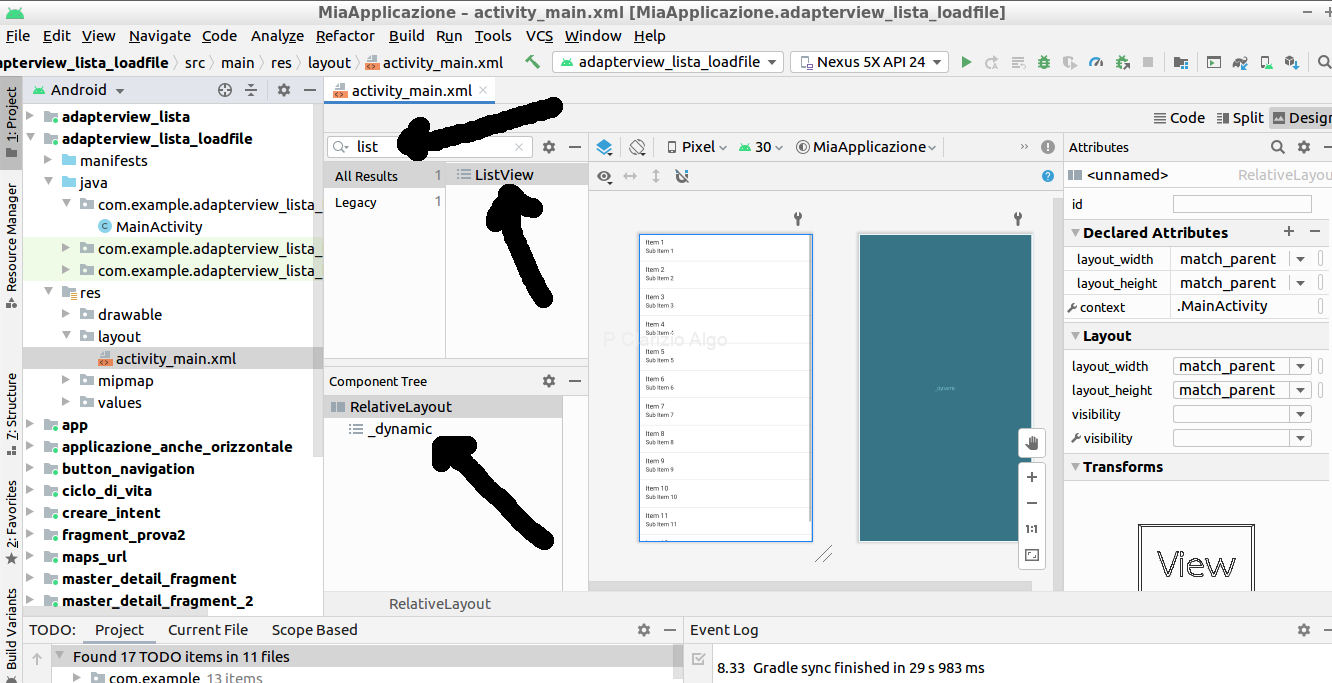


Now we will see how to create & insert data into SQLite Database and how to retrieve and show the data in custom listview in android application with examples. To know more about using SQLite Database in android applications, check this Android SQLite Database Tutorial with Examples. In case, if we want to deal with large amounts of data, then the SQLite database is the preferable option to store and maintain the data in a structured format.

Generally, in our android applications Shared Preferences, Internal Storage and External Storage options are useful to store and maintain a small amount of data. To know more about SQLite, check this SQLite Tutorial with Examples. Import is an open-source lightweight relational database management system (RDBMS) to perform database operations, such as storing, updating, retrieving data from the database. My views may be something like this: package com.example Here is fine-layout: void onCreate(Bundle savedInstanceState), false) In that Project, you can write View.VIEW_ID=R.

Instead of type View, get the ViewPager and Tab it's based on to the ViewPager. This calendar will, at the and, speak to an API.Īccording to the documentation, responses are present, yet it isn't sure in which cases. My activity is running a swipe function between FragmentA.java, B and C. I have my functionality code in Fragments. What Im trying to say, I really don't know what I want! I would appreciate some pointers/guidance or example? Or simply just add a SimpleAdapter to the FragmentA.java for list. I had a few ideas like two fragments within one view with the help from fragmentManager. This is what I have:īut I have been trying to get my head around how to write the functions for each. I want to create a Calendaring that has a list below it for each day. I am very new to Android studio so just judge.


 0 kommentar(er)
0 kommentar(er)
